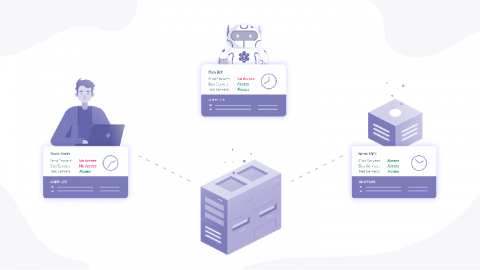From Zero to Zero Trust
Blockchain, IOT, Neural Networks, Edge Computing, Zero Trust. I played buzzword bingo at RSA 2020, where the phrase dominated the entire venue. Zero Trust is a conceptual framework for cybersecurity that characterizes the principles required to protect modern organizations with distributed infrastructure, remote workforces, and web connected applications.



